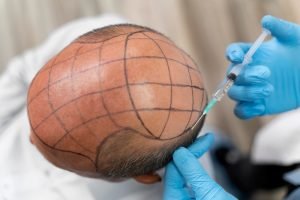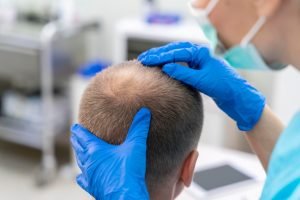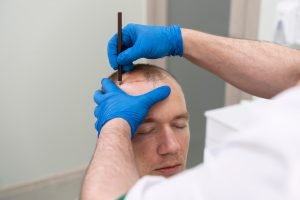For those dealing with hair loss, the desire for natural hair restoration is a common goal. Whether you’re experiencing hair thinning, baldness, or conditions like alopecia, regaining a full head of hair through natural means is a significant concern. Understanding the options, techniques, and approaches available is essential in achieving the desired results.
The Significance of Natural Approaches
Natural hair restoration focuses on achieving regrowth and density without resorting to invasive surgical procedures like hair transplants. This approach is particularly appealing to those who prefer non-surgical methods or have concerns about medical interventions.
The significance of natural approaches lies in their ability to address various forms of hair loss, such as androgenetic alopecia (commonly known as male pattern baldness) and alopecia areata. These methods aim to stimulate hair regrowth in a way that looks and feels natural.
Natural Hair Restoration Techniques
1. **Supplements and Nutrition**: Proper nutrition plays a critical role in hair growth. Supplements containing essential vitamins, minerals, and amino acids can support hair health and regrow lost hair. A balanced diet rich in nutrients is also crucial.
2. **Topical Treatments**: Many topical treatments, such as minoxidil, are available over-the-counter or by prescription. These treatments stimulate hair regrowth by increasing blood flow to the hair follicles and extending the hair growth phase.
3. **Laser Therapy**: Low-level laser therapy (LLLT) is a non-invasive method that uses light energy to stimulate hair follicles. It’s a popular option for those looking for natural hair restoration without surgical intervention.
4. **Platelet-Rich Plasma (PRP) Therapy**: PRP therapy involves drawing a small amount of blood, processing it to concentrate platelets, and then injecting the PRP into the scalp. This approach has shown promise in promoting hair regrowth naturally.
The Importance of Consultation
The choice of a natural hair restoration approach depends on various factors, including the type of hair loss, its progression, and the patient’s overall health. Consulting with a dermatologist or hair specialist is crucial in determining the most effective treatment plan.
A dermatologist can assess the specific cause of hair loss and recommend an individualized approach. They will consider factors like hormonal changes, age, and the pattern of hair loss to devise a tailored treatment plan.
Expectations and Progression
It’s important to have realistic expectations when pursuing natural hair restoration. Results may vary from person to person, and achieving significant regrowth may take time.
Some individuals may see improvements within weeks, while for others, it may take several months or even up to a year to notice visible changes. Patience is key in the natural hair restoration process.
Permanent and Natural-Looking Results
One of the advantages of natural approaches is the potential for permanent and natural-looking results. By addressing the underlying causes of hair loss and stimulating follicles, these methods can lead to sustained hair regrowth that blends seamlessly with existing hair.
Ultimately, the choice between natural hair restoration and surgical options like hair transplants depends on individual preferences, expectations, and the advice of medical professionals. Natural methods can be a viable and effective way to achieve the lush, full hair you desire.





